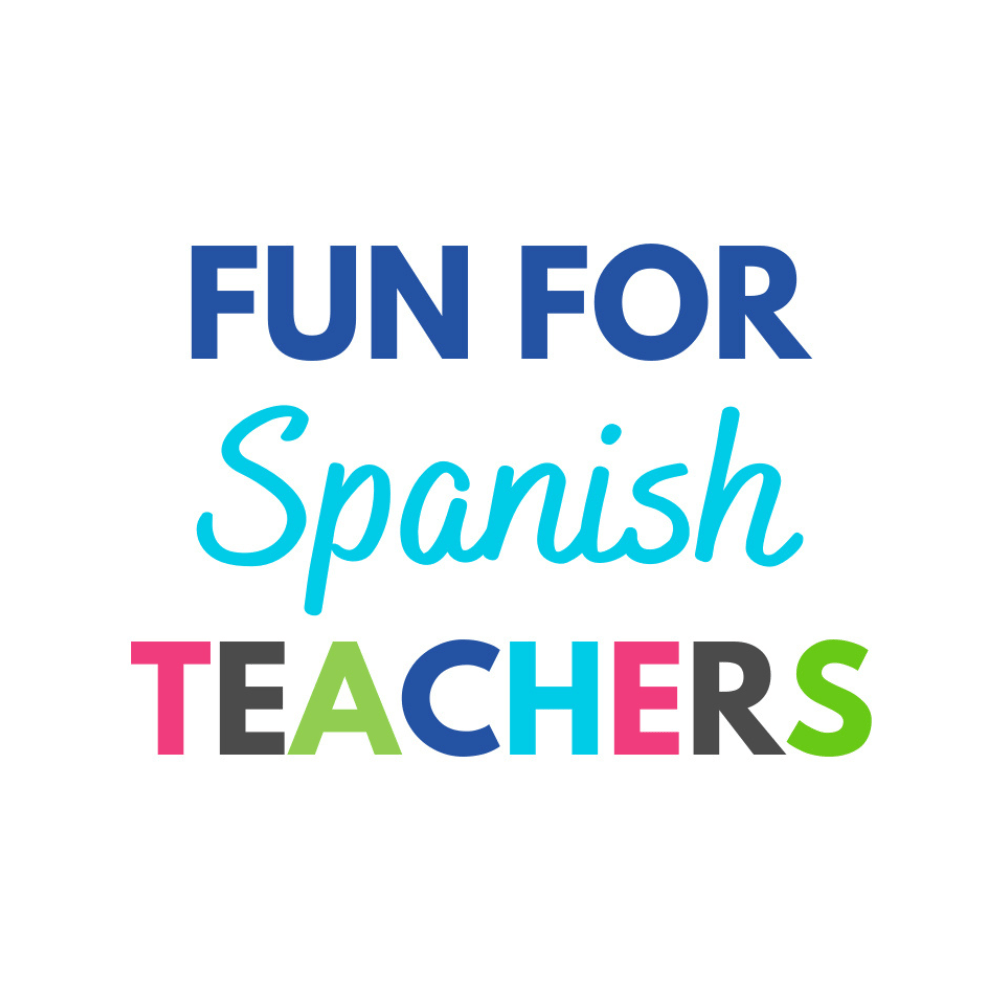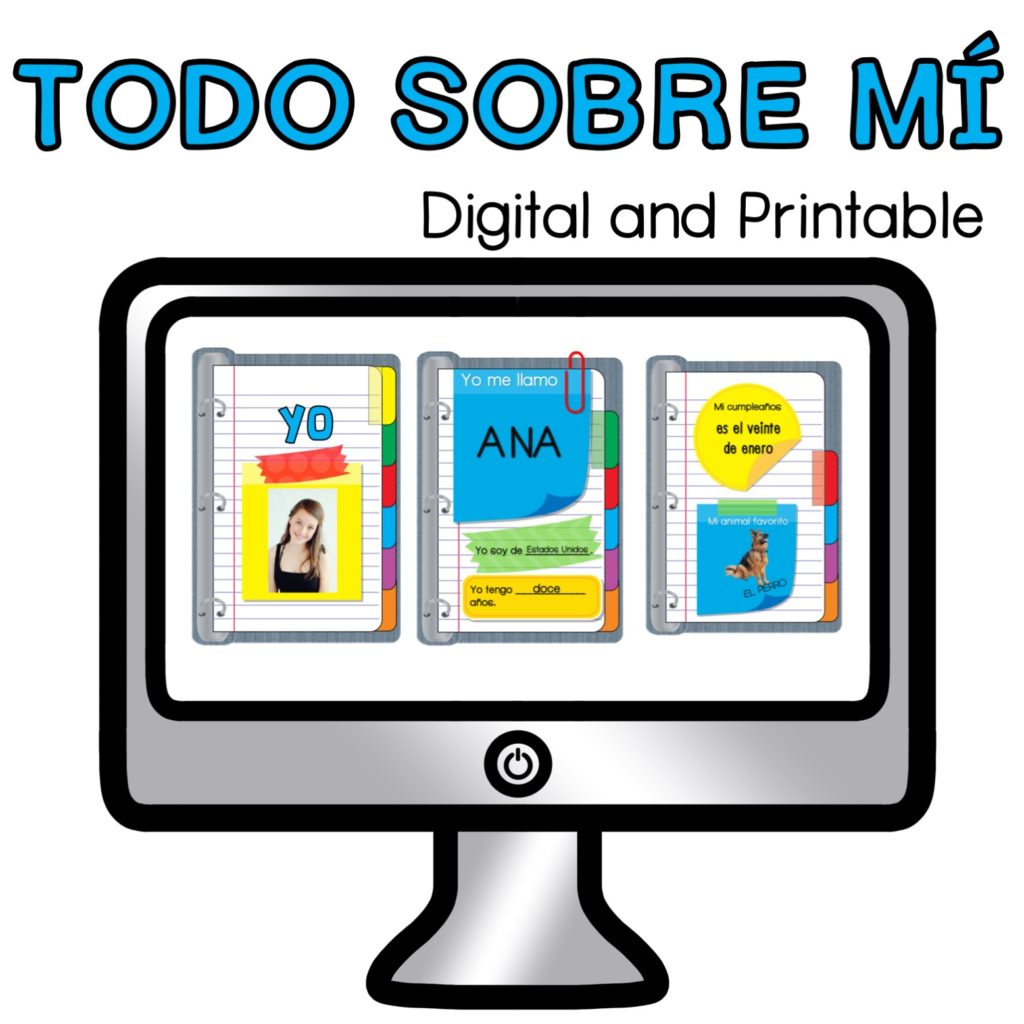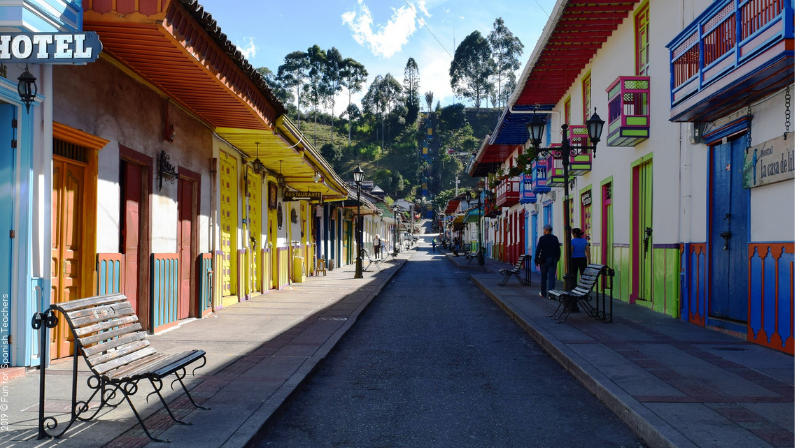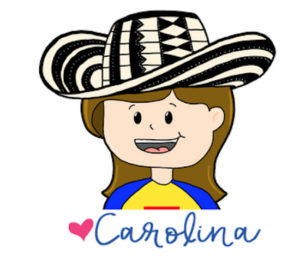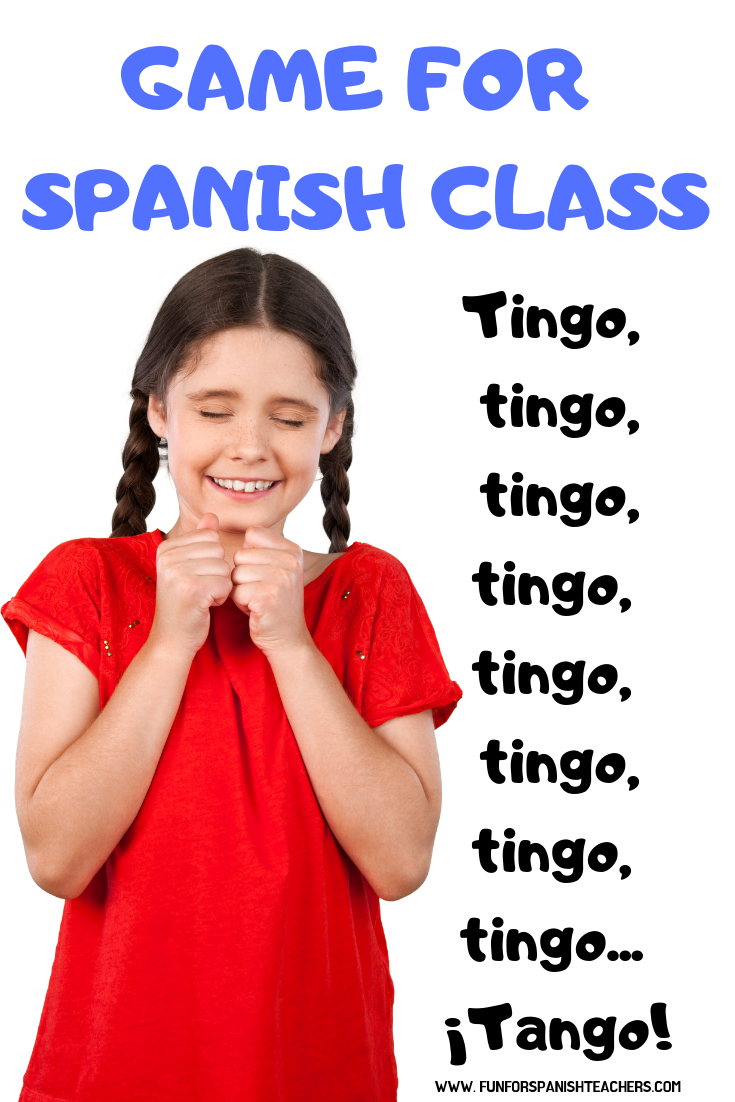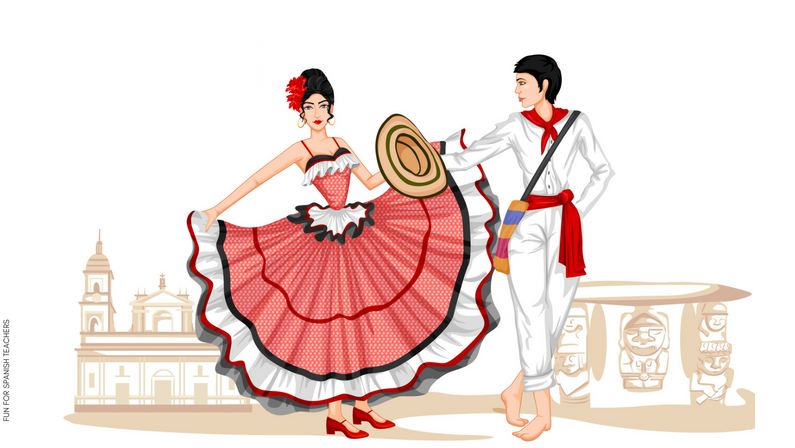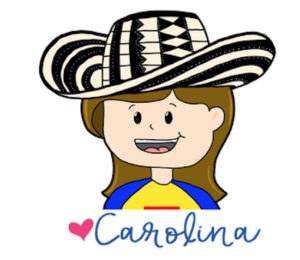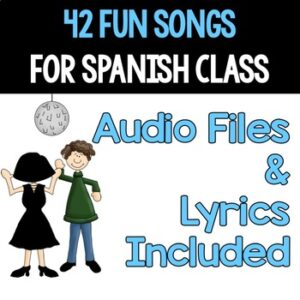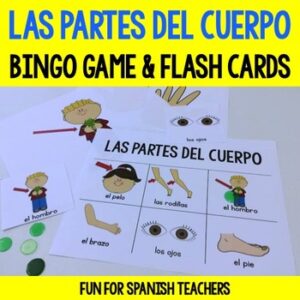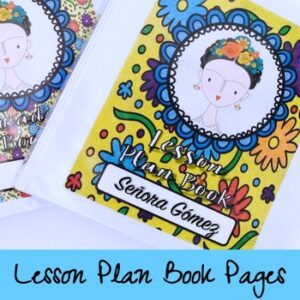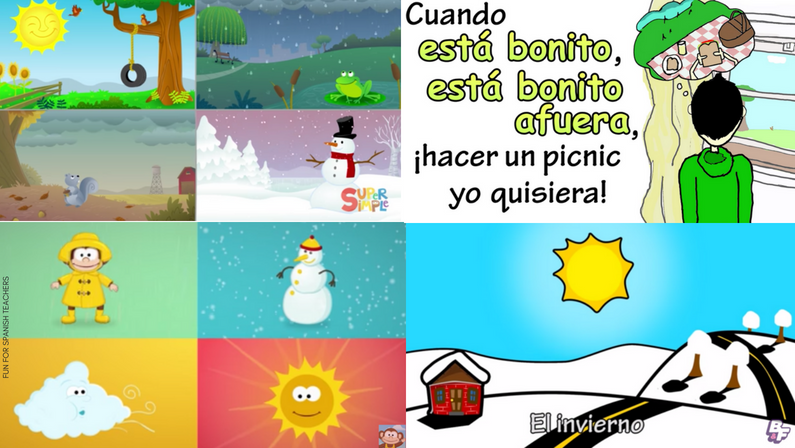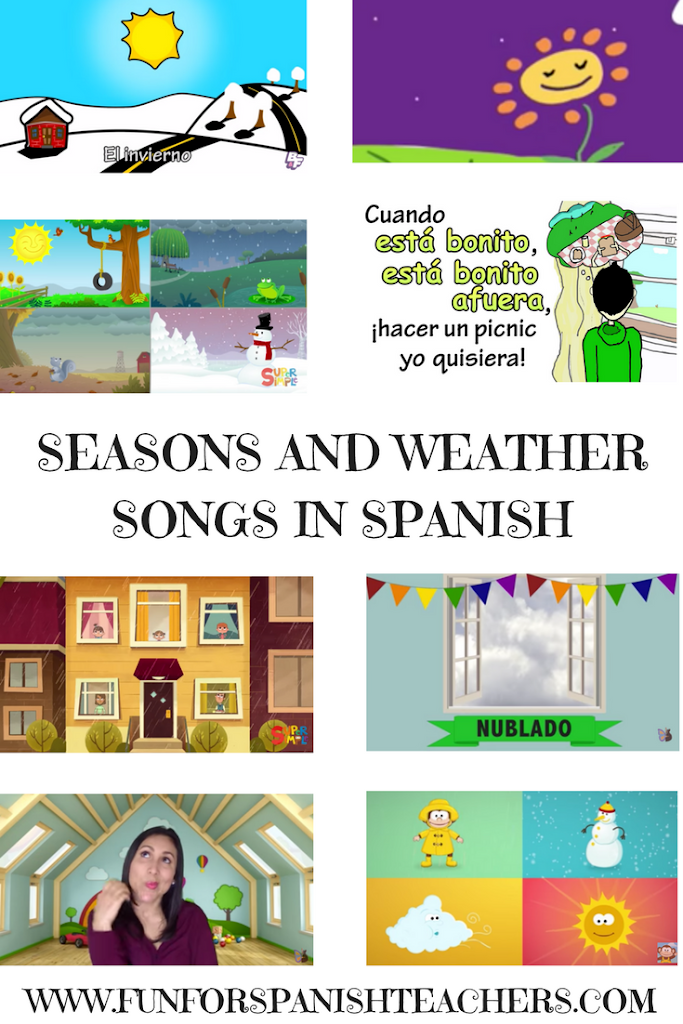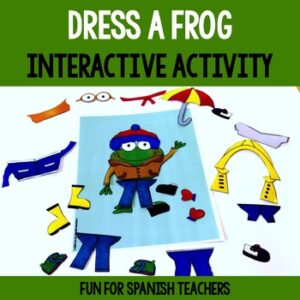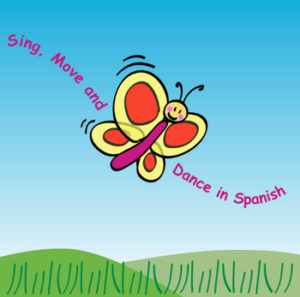
GAMES FOR ONLINE DISTANCE TEACHING
I just ended our 3rd week of distance learning, however this was my first week teaching live online classes. I do have to say that it has been exhausting trying to figure out how to make the class interactive and engaging while being so far apart from my students and only interacting through a screen. Learning new tools is a plus but is also exhausting. By my first class session I thought I had mastered Zoom, but it when I taught my first class (a second grade group), I realized that there were more things to learn. I shared my plan for the class using the screen sharing function of Zoom. One of my students then started using the annotation tool to scribble over the shared screen agenda, and that’s when I knew I needed to learn more. It was a bit funny but frustrating at the same time.
Anyway, we came up with the list below while brainstorming with some of my students about quick games we could do in class without the need to share my screen. By not sharing a screen, it also becomes possible to see every student. We have played these games in our classroom before, so the students should know them well. It is necessary to adapt some of these games to make it work for our current online setting.
Simón dice: We usually play this game in class by saying “Señora dice” instead of Simón dice. Sometimes I like choosing a student to be “it” and the name “Simón” will be replaced by that student’s name. Choose one person to give directions or say a command. Everyone should follow the direction only if they hear “______ dice.” If someone follow directions when the person directing hasn’t said “_____ dice”, that person will be out of the game. You can continue until one of few people are left in the game.
Charades: I usually have between 8 to 16 students on a live class on Zoom, so it’s not easy to divide the groups, or at least I haven’t tried it. This works great with students 2nd grade and up. You will need to use the chat tool for this game. I am not familiar with platforms other than Zoom, but in Zoom the host can choose to privately chat with a student. The rules for this game are simple. No words or pointing at anything, just acting it out for other students to guess. Choose one student to act out a word. Send the word in a private message to the chosen student only. Have the student act out the word and give students turns to guess. Whoever guesses first will become the next actor. You might want to write the word on a piece of paper or board to show to the students later.
Color colorcito: This is a game that my kindergarteners love playing in the classroom. It usually involves one person naming colors and the other students running to find the color. If the person naming the color tags someone who is not touching the color, then that person becomes the new “it.” See my previous post here for a longer explanation of the way I usually play it in the classroom. Because it’s impossible to play a “virtual” tagging game, we made it for students to look for an object of that color in the room. The person who finds the color last will say the new color.
La caja mágica: You could either use a box or a bag. Place and object inside, describe it and have your students guess it. Click here to find more ideas.
Sigue al líder: Play some music and choose one student to lead the class in different dance movements.
Congelado: Play music for a few seconds, stop the music and everyone has to freeze. If anyone continues moving, they will join you to find other students who are not freezing or continue moving when you stop the music.
El director de orquesta: This game is known as “Follow the leader.” Choose one student to close his or her eyes, and this student will have to guess who is directing the group. While that student has his/her eyes closed, choose another student to direct the group. Write the name of the “director” on a white board or a piece of paper and show it to the group. The student directing then has to do movements or gestures that everyone else will copy. The student who is guessing will have three opportunities to guess who is directing the group. If the student doesn’t guess, you can reveal the name of the student director, and then you can all clap for him or her. You can decide how long you want to continue with this game.
Do you have any other games to add to this list? Feel free to share them in the comments or email them to me for updates to this post.
Happy Teaching!
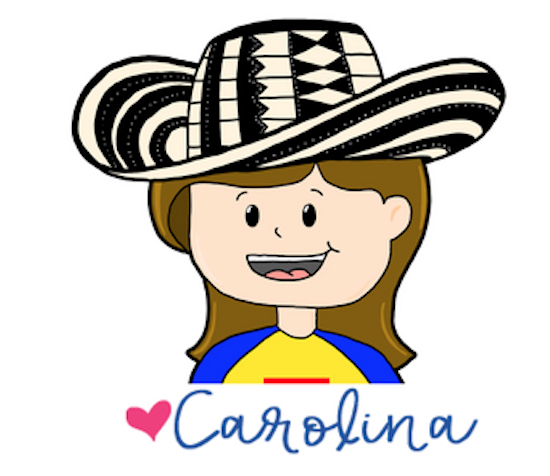
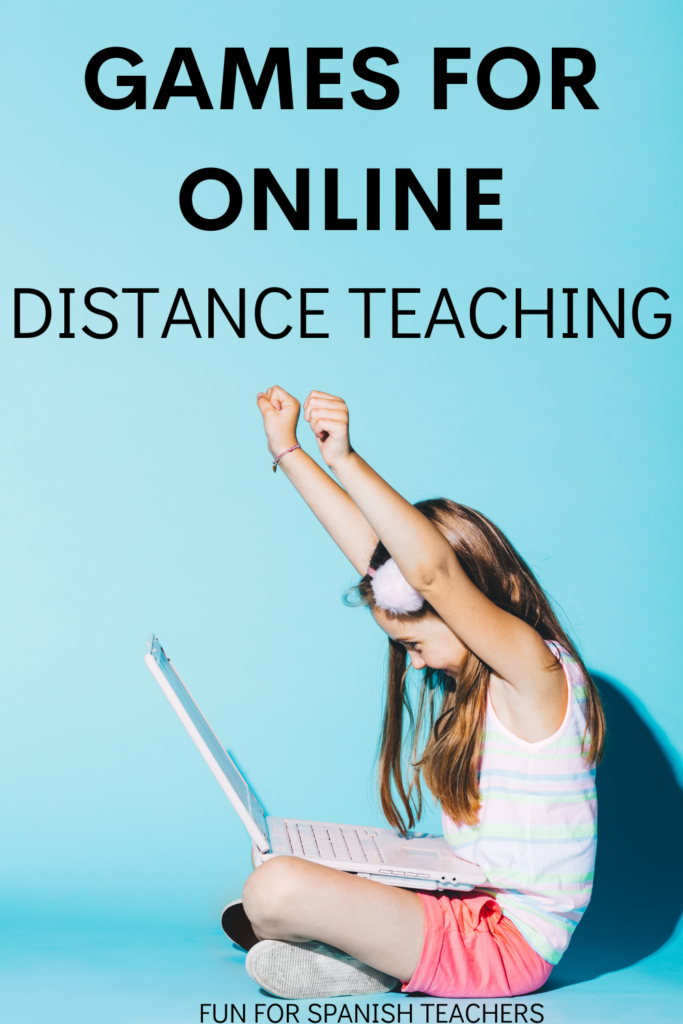
You might like this resource on Teachers Pay Teachers:
